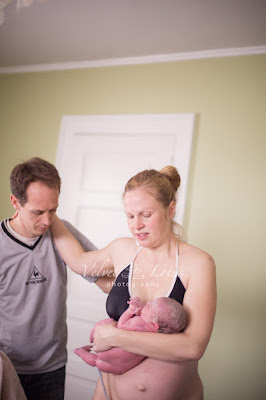The Colorado legislature recently included a VBAC ban into pending midwifery regulations. Thanks to consumer activism, the Senate has now rescinded the VBAC ban. Here's an update from Emily Thompson:
If you're wondering why preserving women's ability to have a VBAC at home is an important issue, consider this: around 50% of all US hospitals ban VBACs, either formally (hospital policy) or informally (no doctors at that hospital will attend VBACs). In those situations, a woman's only remaining choice for VBAC is an out-of-hospital birth. Banning CO midwives from attending VBACs forces those women into having unnecessary, unwanted surgeries or from having to give birth unassisted.
Read more ...
APR 22, 2016 — Yesterday, by unanimous vote, the Senate Health Committee removed the VBAC ban amendment from HB 1360 which will continue to keep midwifery legal in Colorado. Many midwives, mothers, advocates and their supporters testified in support of both the safety and the right of mothers to choose VBAC at home.
The signatures on this petition and the many comments definitely swayed the opinions of the Senators, and the strong testimony yesterday sealed the deal.
The bill still must be heard in the full Senate, and there is the possibility of amendments being added. We're asking Colorado residents to contact their State Senator and ask them to vote YES on HB1360 as it is presented to them from the committee.
Thank you again to everyone who signed, shared, and supported this grass-roots movement!
Gratefully,
Emily
If you're wondering why preserving women's ability to have a VBAC at home is an important issue, consider this: around 50% of all US hospitals ban VBACs, either formally (hospital policy) or informally (no doctors at that hospital will attend VBACs). In those situations, a woman's only remaining choice for VBAC is an out-of-hospital birth. Banning CO midwives from attending VBACs forces those women into having unnecessary, unwanted surgeries or from having to give birth unassisted.











